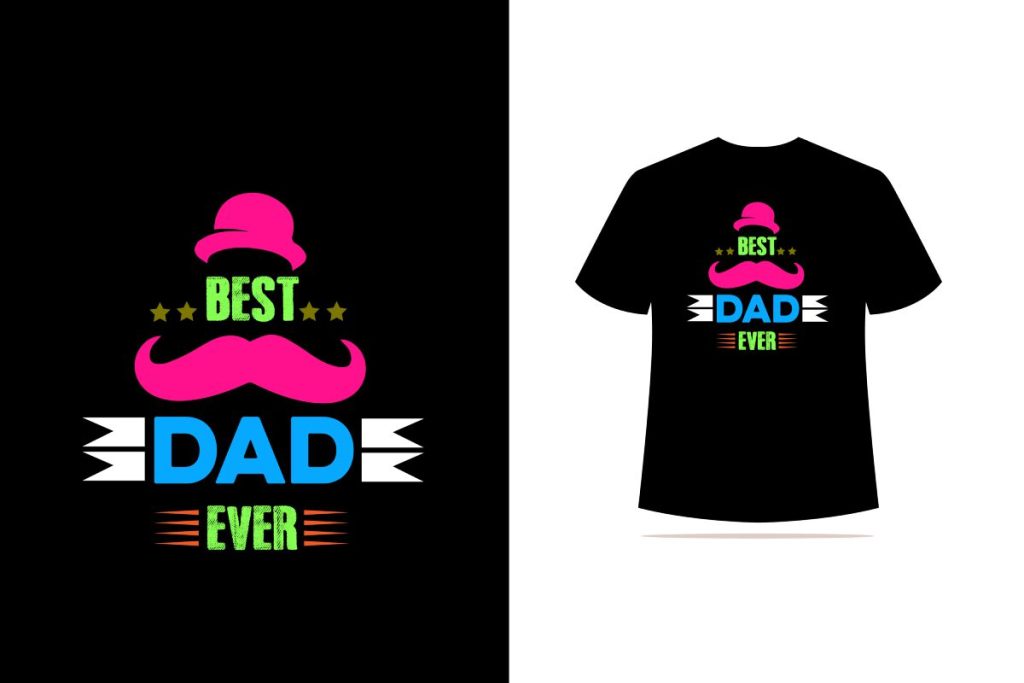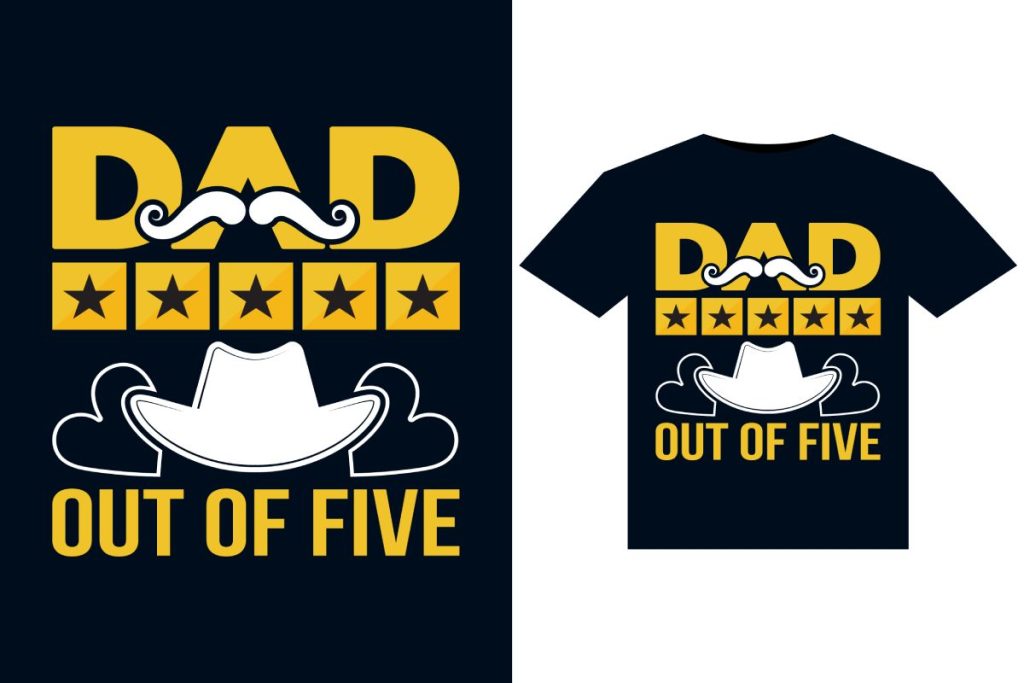DTF transfer techniques are at the forefront of modern printing technology, offering a versatile solution for producing vibrant and durable prints on various materials. Utilizing the innovative DTF (Direct to Film) printing method, users can create stunning designs with remarkable color fidelity by employing high-quality water-based inks. As the popularity of this technique grows, it’s essential to understand the best practices and transfer printing tips that can enhance the outcomes of your projects. With the right knowledge, anyone can master DTF technology and achieve professional-grade results, whether for personal creations or commercial endeavors. In this guide, we’ll delve into the intricacies of DTF transfer techniques and how they can transform your printing experience.
When it comes to modern printing methods, Direct to Film (DTF) printing has emerged as a game-changer, providing an efficient way to apply intricate designs onto a range of surfaces. This cutting-edge technique of film transfers utilizes water-based inks to ensure both environmental friendliness and vibrant color output. Known for its flexibility, DTF technology allows users to easily print on textiles, plastics, and more, making it a popular choice among both hobbyists and professionals. If you’re seeking ways to enhance your print quality and embrace the latest in transfer printing, understanding the nuances of DTF processes is essential. Join us as we explore the intricacies of this innovative printing approach and discover effective tips that can elevate your design projects.
Exploring the Benefits of DTF Technology
DTF technology stands out due to its ability to produce vibrant and eye-catching prints on a variety of surfaces. The method involves using specialized transfer films and water-based inks, which play a crucial role in enhancing color accuracy and print durability. Unlike traditional printing techniques that may restrict substrate options, DTF technology allows for applications on textiles, plastics, and even leather, making it a versatile choice for both professionals and DIY enthusiasts. As the demand for high-quality prints increases, the flexibility offered by DTF technology paves the way for creative experimentation and innovation.
Another significant benefit of DTF technology is its cost-effectiveness. Businesses can create high-quality prints without the hefty investment often associated with other methods such as screen printing or DTG printing. DTF transfer techniques minimize wastage because only the necessary amount of film and ink is used for each design. Moreover, the reduced setup times and simplified operational processes lead to increased productivity, enabling companies to handle orders of varying sizes efficiently. This makes DTF a viable option for businesses looking to maximize profitability while still delivering exceptional print quality.
Key Factors for Successful DTF Transfer Printing
Several critical factors influence the success of DTF transfer printing, beginning with the right selection of materials. High-quality transfer films ensure effective adhesion and vibrant color reproduction, which are essential for creating standout designs. Coupled with water-based inks formulated specifically for DTF processes, users can achieve prints that not only look stunning but also withstand the test of time. It’s crucial to prioritize these materials to avoid disappointing results and reduced product lifespan.
Another factor to consider is the printer settings that accommodate the specific requirements of the transfer films and inks used. Adjustments such as resolution and speed can significantly impact print quality. A higher DPI (dots per inch) setting typically yields crisper and more detailed results, enhancing the overall aesthetic of the final product. Additionally, a meticulous approach to the heat press methodology—including the right temperature, pressure, and timing—ensures successful transfers that maintain the integrity of the substrate, leading to high-quality prints.
Tips for Achieving High-Quality DTF Prints
To excel in DTF transfer printing, consider implementing the following tips that focus on both material selection and process optimization. Firstly, always invest in high-grade transfer films and water-based inks. Quality materials greatly influence the final outcome of your prints, ensuring clarity, vibrancy, and a professional finish. Avoid using generic or low-cost alternatives, as they may yield subpar results that compromise your hard work.
In addition to material quality, pre-pressing your fabrics before applying any DTF transfers can significantly improve adhesion. This step removes moisture and wrinkles, providing a smoother surface for the transfer process. It creates a uniform base, allowing the adhesive to bond more effectively during the heat press application. As such, fine-tuning all elements of the DTF process—from material selection to pre-pressing—results in prints that not only look incredible but also last longer.
Understanding Common Challenges in DTF Printing
Despite the numerous advantages of DTF printing, users may face challenges, especially concerning ink adhesion. Failure to properly calibrate heat press settings can result in inadequate bonding of the printed design to the substrate. This can ultimately affect the durability and overall quality of the prints. Users should experiment with different temperature and pressure settings to find the optimal configuration that yields the best adhesion and longevity.
Moreover, print durability is a constant concern with any form of printing technique. While DTF technology is generally associated with high durability, variations in ink quality, adhesive effectiveness, and environmental factors can lead to unexpected wear. Manufacturers are continually innovating to enhance adhesive formulas and processing techniques, helping to mitigate these issues. By staying informed about the latest advancements in DTF technology, users can effectively overcome these challenges and maintain their print quality.
Emerging Trends in DTF Transfer Technology
As the DTF printing industry evolves, several emerging trends are shaping its future. One notable development is the shift towards eco-friendly materials in DTF transfer processes. With increasing awareness of environmental sustainability, both manufacturers and consumers are seeking inks and transfer films that are non-toxic and biodegradable. This trend not only appeals to environmentally conscious businesses but also promotes a healthier working environment, making DTF an appealing choice for ethical printing.
Another trend gaining traction is the integration of advanced technology to streamline DTF printing operations. Innovations like improved ink circulation systems and automated heat press machines are enhancing production efficiency and minimizing common issues like ink clogging. Furthermore, as digital printing technologies continue to advance, the capabilities and applications of DTF printing are expected to expand significantly, allowing for even more creative possibilities in the marketplace.
Choosing the Best Materials for DTF Printing
Choosing the right materials is crucial to achieving outstanding results in DTF printing. The quality of transfer films and water-based inks significantly affects not only the appearance of the prints but also their durability and adherence to various substrates. High-grade transfer films are designed to maximize color vibrancy and prevent fading, ensuring that prints maintain their appeal over time. Likewise, specialized water-based inks are essential for producing rich, detailed designs that are environmentally friendly and safe to use.
When selecting materials, consider the specific characteristics of each option available on the market. For instance, different films may cater to unique substrates, offering varied adhesion properties and color profiles. By thoroughly researching and testing various materials, businesses can determine the best combinations for their printing needs, ultimately leading to superior outcomes that satisfy customer demands and enhance brand reputation.
Frequently Asked Questions
What are the key benefits of using DTF transfer techniques for printing?
DTF transfer techniques offer numerous benefits, including the ability to print on various substrates such as textiles and plastics, delivering high-quality prints with vibrant colors. The use of water-based inks ensures a more eco-friendly process, while advancements in DTF technology increase print durability and efficiency.
How important is film selection in DTF printing?
Film selection is critical in DTF printing. Higher-quality transfer films improve adhesion and color reproduction, resulting in vibrant prints that last longer without fading. Utilizing the right film can significantly enhance the overall output quality of DTF transfer techniques.
What type of inks are best for DTF transfer printing?
Using high-quality, water-based inks specifically formulated for DTF printing is essential. These inks enhance vibrancy and durability of printed designs, making them ideal for achieving the stunning results that DTF transfer techniques can offer.
What should I consider when adjusting printer settings for DTF printing?
When adjusting printer settings for DTF printing, factors such as resolution (DPI), machine speed, and print head height must be optimized. Higher resolutions combined with appropriate printer speed often yield better details, ensuring your DTF transfers maintain high-quality standards.
How can heat press methodology affect DTF transfer quality?
Heat press methodology plays a crucial role in DTF transfer quality. Variables such as temperature, pressure, and timing need careful adjustment. Properly calibrating these elements ensures that the transfer adheres correctly while preventing damage to the substrate, thereby achieving optimal results.
What common challenges might arise during DTF printing, and how can they be addressed?
Common challenges in DTF printing include ink adhesion issues and concerns about print durability. To address these, using high-quality adhesives and ensuring that heat settings are well-calibrated are essential strategies. Continuous advancements in adhesive formulas also help improve overall print longevity.
| Key Point | Details |
|---|---|
| Introduction to DTF printing | DTF (Direct to Film) is an innovative printing technique using water-based inks for vibrant and durable prints on various substrates. |
| Overview of DTF Printing | DTF printing transfers designs from special films to materials; it’s versatile, ideal for textiles and plastics. |
| Recent Advancements | Improved technology offers better print quality and efficiency, with complete kits simplifying the process for users. |
| Key Consideration 1: Film Selection | Choosing higher-quality films ensures better adhesion and color reproduction for vibrant, long-lasting prints. |
| Key Consideration 2: Ink Quality | Formulated water-based inks enhance vibrancy and durability. |
| Key Consideration 3: Printer Settings | Adjusting printer settings like resolution and speed is crucial for optimal print details. |
| Key Consideration 4: Heat Press Methodology | Calibration of heat press parameters (temperature, pressure, timing) is essential for successful transfers. |
| Tips for High-Quality Prints | Use quality materials, fine-tune printer settings, test heat press settings, and pre-press fabrics for best results. |
| Market Trends | Businesses are shifting to DTF printing due to cost-effectiveness and superior outcomes. |
| Common Challenges | Issues with ink adhesion and durability can arise but are being addressed with advancements in adhesives. |
Summary
DTF transfer techniques have emerged as a pivotal method for producing high-quality prints, characterized by their flexibility and striking results across various materials. Understanding these techniques allows businesses and individuals to harness the full potential of this technology, leading to vibrant, durable designs that resonate in today’s competitive market. With the right selection of materials, careful adjustment of settings, and adoption of best practices, anyone can achieve professional-grade prints that truly stand out.


